Horsepower
100 hp
Max Cruise
133 ktas
Max Altitude
18,000 ft
Max Range
625 nm
Useful Load
505 lb
(229 kg)
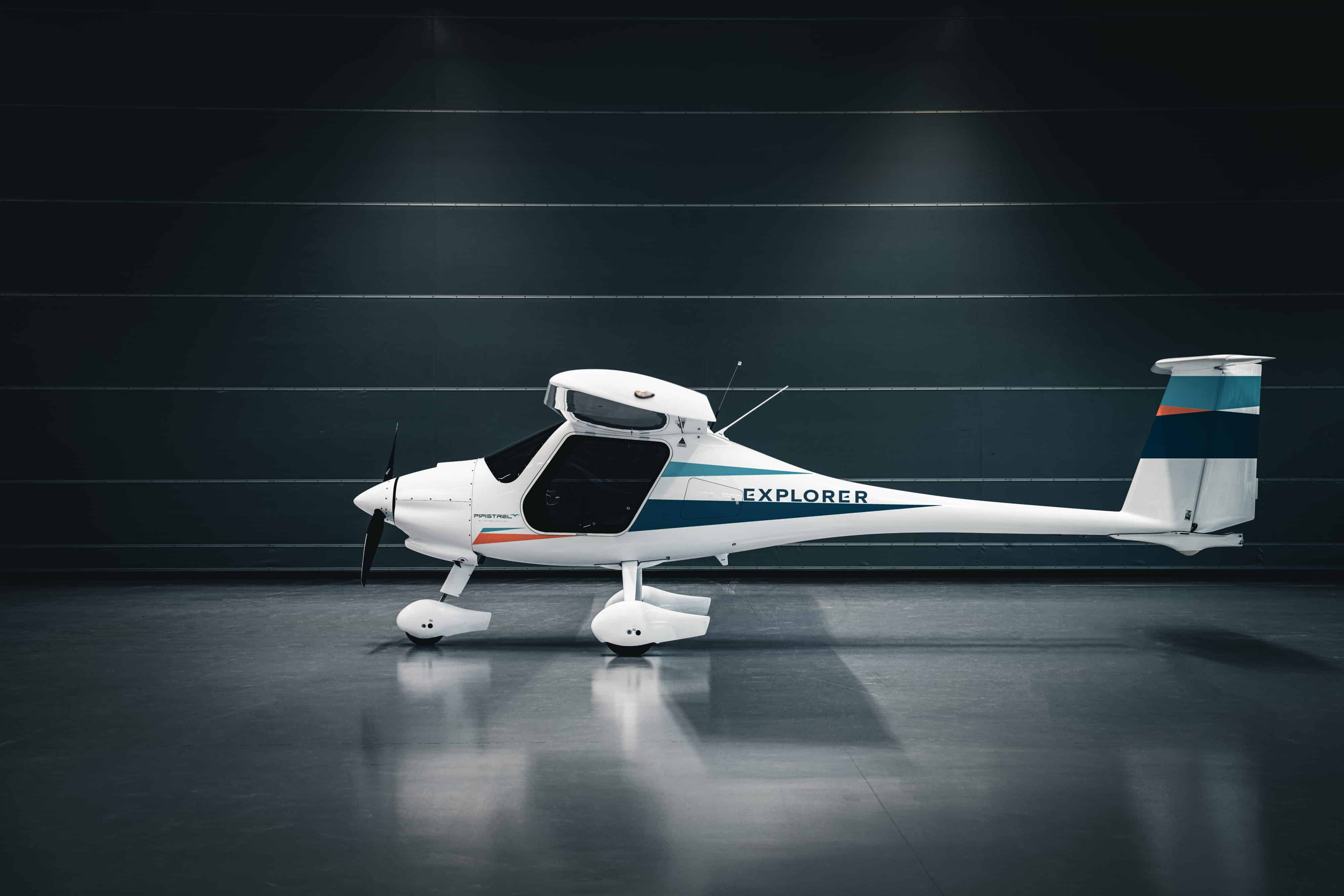
The Most Advanced Aircraft In Its Category!
Bold claims yet the Explorer delivers. The clean lines and efficient design from 3D printing provide superior performance with minimum power required and is the highest performing aircraft in the CS-LSA category.
The Explorer’s durability, speed and performance makes it an ideal aircraft for general aviation and for operation from the remotest of locations, including hot, high altitude and extreme cold. Approved for Day/Night VFR operation and intentional spins matched with an IFR ready avionics package. The Explorer is ready for you.
Best in Class
- IFR ready avionics, dual touch screen Garmin G3X, advanced auto-pilot, constant speed propeller and airbrakes come standard.
- The best equipped, affordable and comfortable 2-seat EASA type certified aircraft in its category.
- Ideal for personal travel, club workhorse or as an advanced trainer.
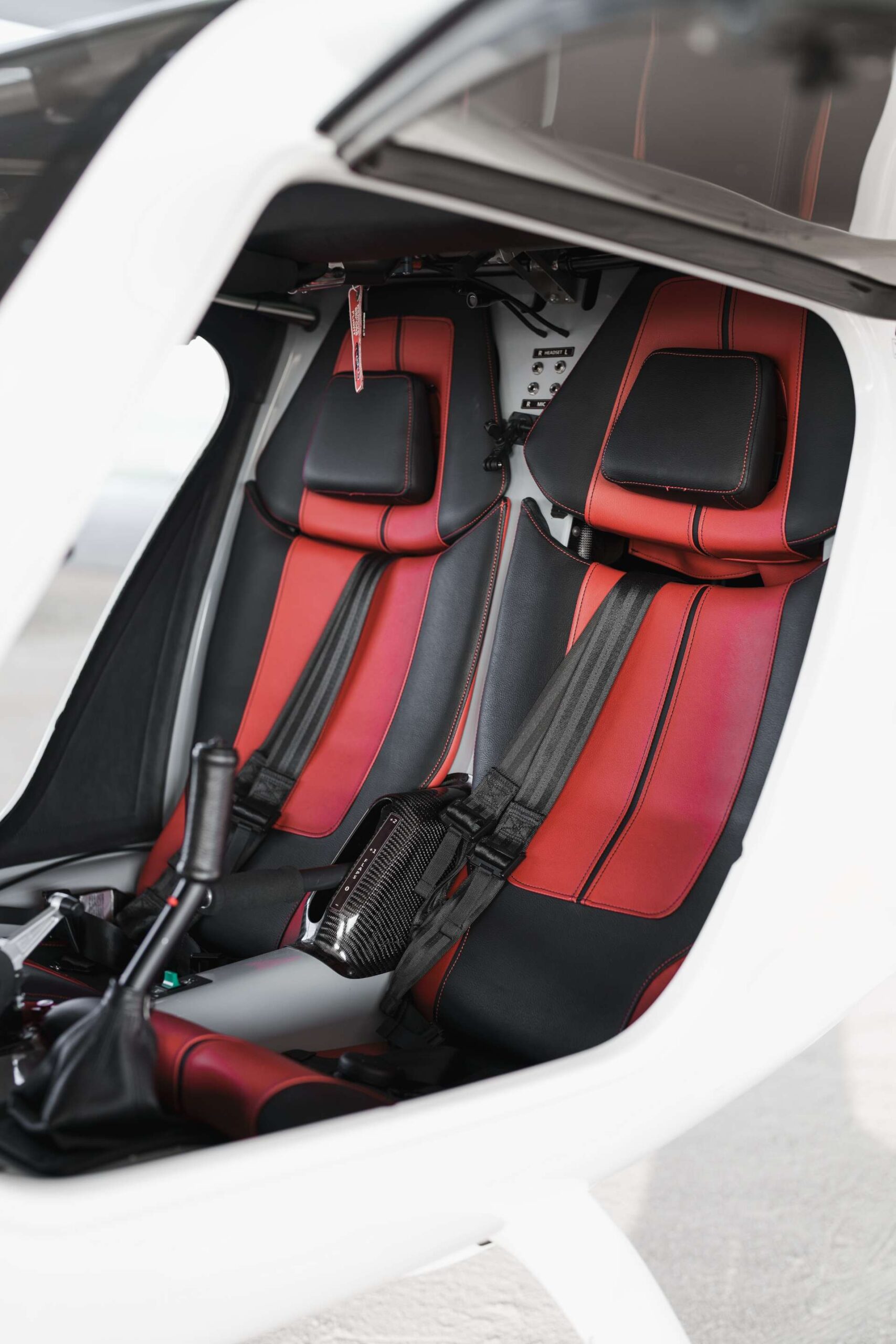
why explorer?
Safety As Standard
The Explorer incorporates a haptic stall warning system which alerts pilots approaching the stall like in the Club and Electro. The full airframe parachute system adds to peace of mind and through modern 3D printed parts is a robust, rugged workhorse.
Value
- Approved for Day/Night VFR operations, intentional spins and an IFR ready avionics package makes the Explorer an excellent choice for more advanced flying.
- Approved to operate with both AVGAS and MOGAS and with low fuel consumption thanks to an efficiently designed airframe.
- Packed with equipment including the Garmin G3X Avionics package, airbrakes, constant speed propeller and airframe parachute rescue system all as standard.
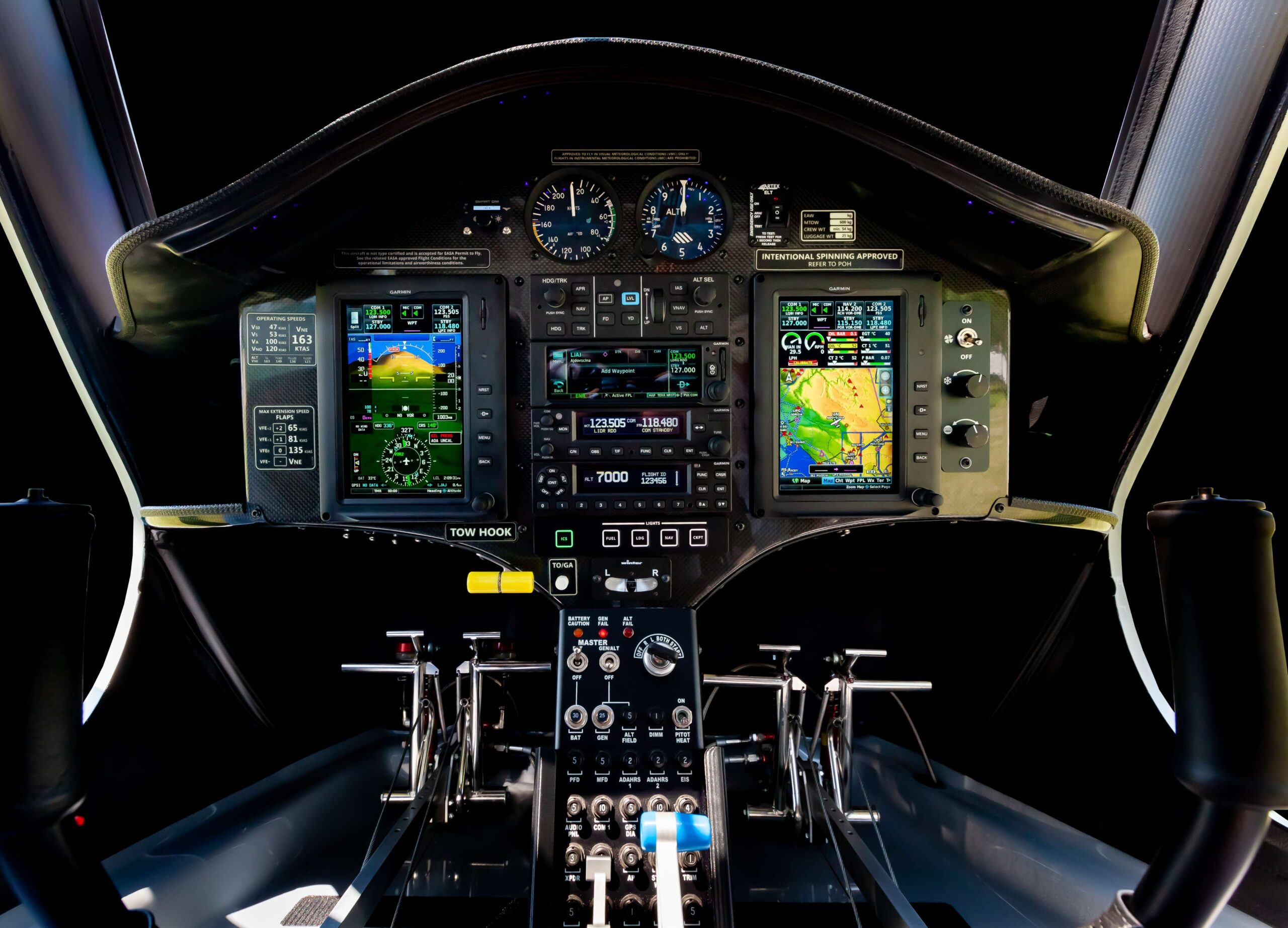
Technical Data Pipistrel Explorer
VIRUS SW 121A – EXPLORER
The Virus SW 121A – Explorer is the most advanced aircraft in its category. It is one step ahead of its older brother, the Virus SW 121. It is the result of over 30 years of Pipistrel’s experience in designing energy-efficient motor-planes, which follow the glider philosophy. The extraordinarily clean aircraft shapes enable flying with minimum power and noise, as well as the lowest fuel consumption, while keeping the performance on the same level or even better. Approved for intentional spins and Night VFR, the Explorer has the best flight characteristics in its category.
Structural efficiency is the sum of knowledge acquired in making 1500 aircraft of the same family of products. Certified and used in the most diverse environments all over the world, the entire SW 121 aircraft family fulfils the expectations of the most demanding customers who use the aircraft in hot & humid or extremely cold conditions, salty atmosphere close to the sea, or at very high altitude airports.
Even with all its advanced features and superb performance, the Explorer’s extremely efficient, environment-friendly design makes it very simple to fly and operate. The results are low running and maintenance costs, making it the most affordable choice on the market, either as an advanced trainer for the training organizations or as a personal travel aircraft for adventurous individuals.
The Explorer features the best equipment in the category, including:
- dual touch-screen glass cockpit
- full-featured autopilot
- dual radio
- ADS-B In & Out
- haptic stall-warning
- full airframe ballistic parachute rescue system
- certified engine capable of running on automotive fuel
- certified hydraulic constant speed propeller
- airbrakes for rapid descent
- glider towing hook
- approval for night VFR
- approval for intentional spins
- adjustable pedals and headrests
It is important to highlight Explorer’s key outstanding characteristics:
Fast and economic performance
It is the fastest, most capable and the most economic aircraft in the CS-LSA category. Its speed performance allows it to fly at IFR speeds in/near complex airspaces and procedures, so it can be used for private use and training also at busy airports next to airliners, without slowing down the other traffic.
EASA Type-Certificate
It is the first and the only EASA Type-certified aircraft (no restrictions, category “normal”) in the CS-LSA category for night VFR operations, intentional spins and glider-towing, the only one with an autopilot, dual redundant ADAHRS units and airbrakes. It can be used for commercial operations and it is the ideal solution for PPL training.
Safety based on modern technology
The Explorer incorporates a haptic stall warning system, already in use in the Velis Electro and Velis Club, which alerts the pilot when approaching the stall. The full-airframe ballistic parachute rescue system adds the ultimate layer of safety in those situations when all other measures were ineffective.
The Explorer (and the SW 121 aircraft family) is the first small aircraft in history to be type-certified with 3D printed parts.
Multiple learning purposes
The Explorer can be used for different learning purposes: from being a very simple initial trainer at the beginning of the process to more advanced systems – such as constant speed propeller, negative flaps, airbrakes and autopilot – which can be included later. The instructor can slowly increase the difficulty of subjects in the later stages of training by gradual addition of new systems and options which the aircraft is certified for (intentional spins, longer routes and the use of auto-pilot, also during the night, thanks to the night VFR approval etc).
The Explorer enables flight schools to substitute their multi-aircraft system, where they have to use at least one aircraft for basic training and another for advanced training, for one aircraft only. By combining all the capabilities typically obtained with many aircraft into a single one, they can drastically lower the initial costs of the training fleet.
“En-route IFR” training
The Explorer is packed with state-of-the-art navigation and communication equipment. As such it can also be partially used for “en-route IFR” training in several countries This makes the Explorer the only 2-seat aircraft in the market which enables training from the simplest beginnings to the difficulty of a twin-engine aircraft for obtaining higher pilot licences.
Glider towing
Being type-certified for glider towing makes the Explorer very useful for clubs as all-in-one aircraft for training, cross-country flight, and glider towing, offering the flight hours on an aircraft to be fully used.
Technical Data for Pipistrel Virus SW 121A – Explorer
Note: Pipistrel reserves the right to revise this data sheet whenever occasioned by product improvement, government/authority regulations or other good cause.
The Explorer is the best aircraft for towing banners and gliders! Why?
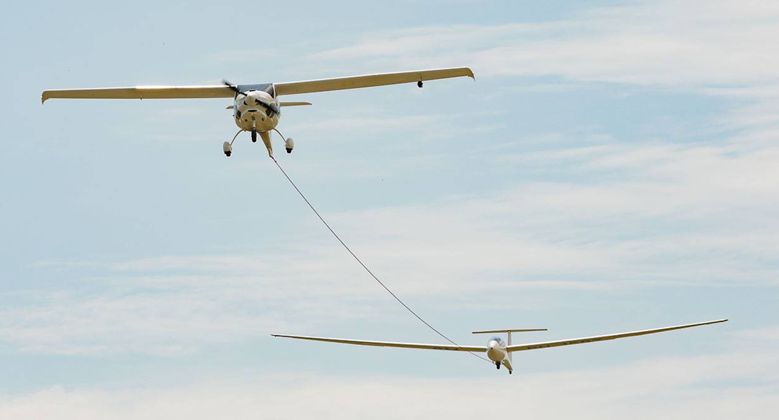
- Extremely strong and protected tow hook
- Low noise (allows operation in populated areas)
- Superb climb with the constant speed propeller
- Airbrakes to reduce the time of descent
- Excellent visibility from the cockpit
Safe and economic:
- Proven base aircraft structure (1300 units flying all over the world in harshest conditions)
- No Avgas needed (using automotive fuel)
- Low consumption
- Low operating costs (less that 60 EUR/h including maintenance and depreciation)
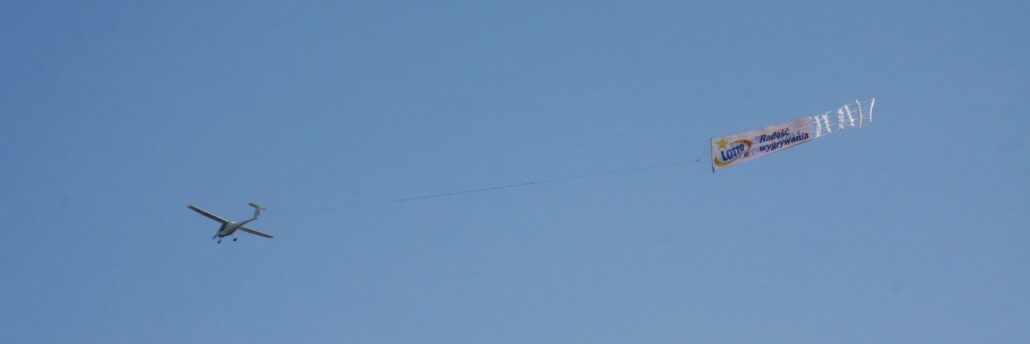
The entire SW 121 aircraft family (of which the Explorer is a member) has proven itself as the tow airplanes in many marketing campaigns, championships and flight clubs, towing all types of banners and gliders of all weights, among others as the official towplane of the junior world gliding championship!
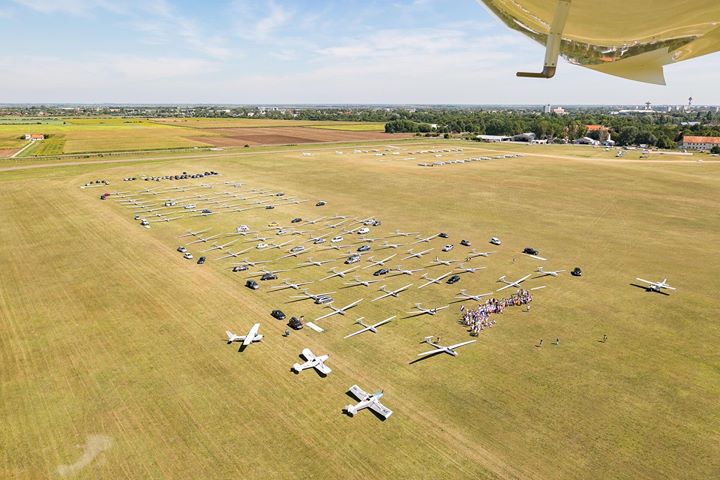
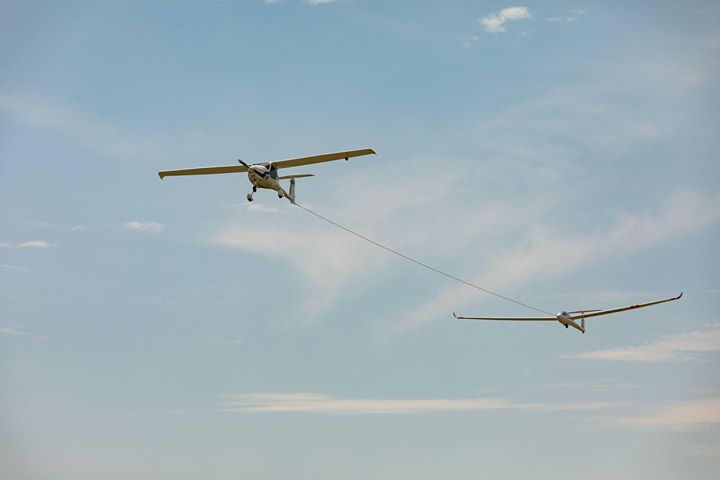
Proven as the tow aircraft from grass to concrete runways, extreme hot or cold conditions, from low near-sea humid areas to high mountain resorts.
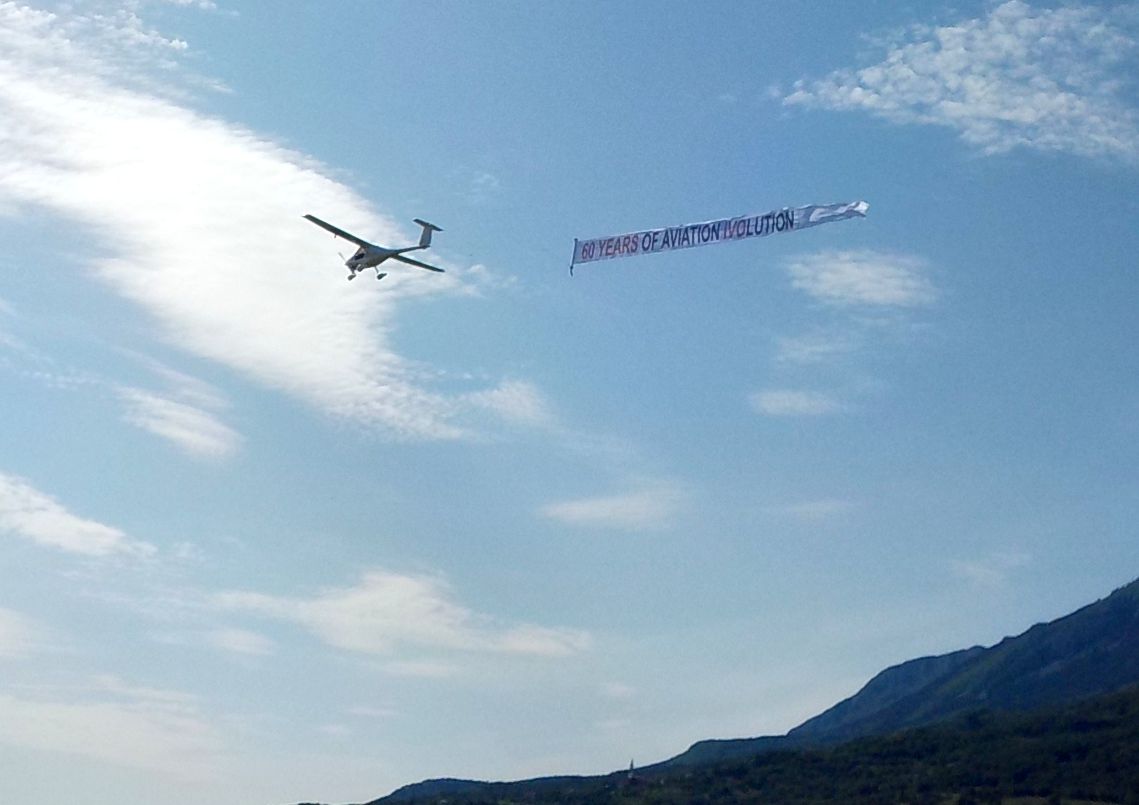
Capable to tow from short runways
In standard atmosphere and on asphalt runway, the 15 m obstacle is overflown:
- from 600m runway with 600 kg MTOM glider
- from 800m runway with 750 kg MTOM glider
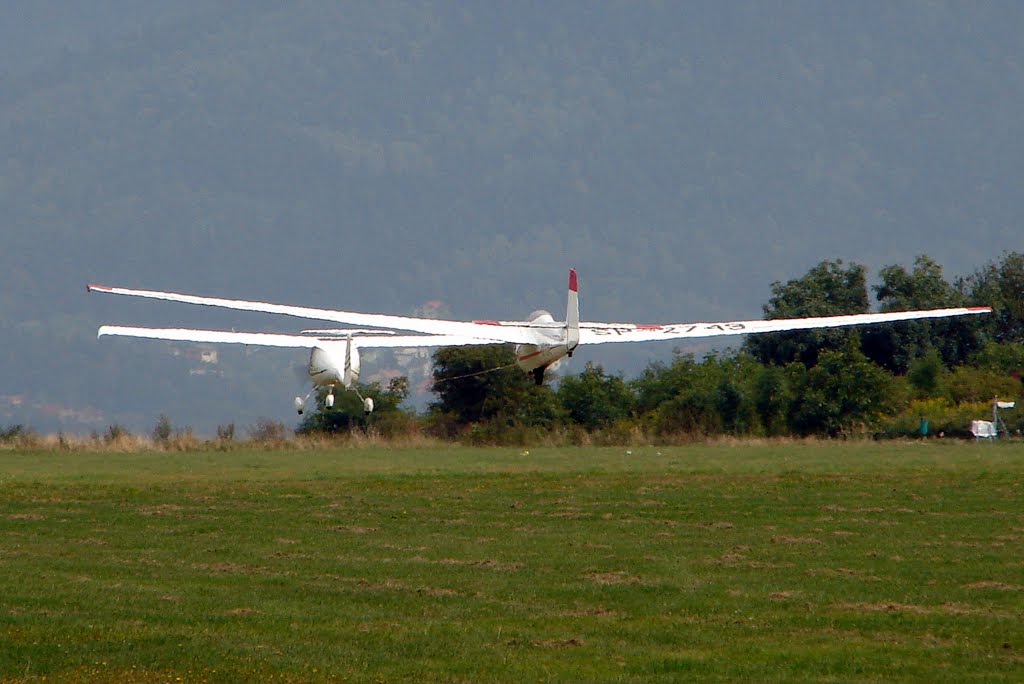
Extremely strong and protected tow hook enables countless repetitions.
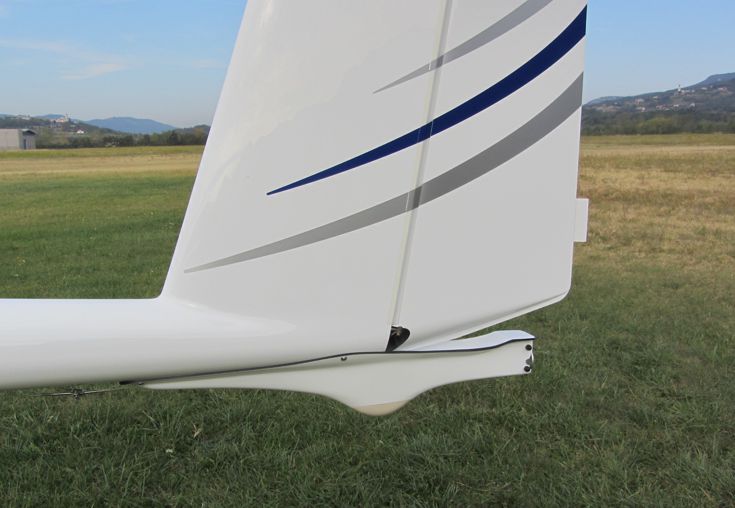
Low noise enables operation directly over populated areas, which is essential for good result of banner-towing campaigns.
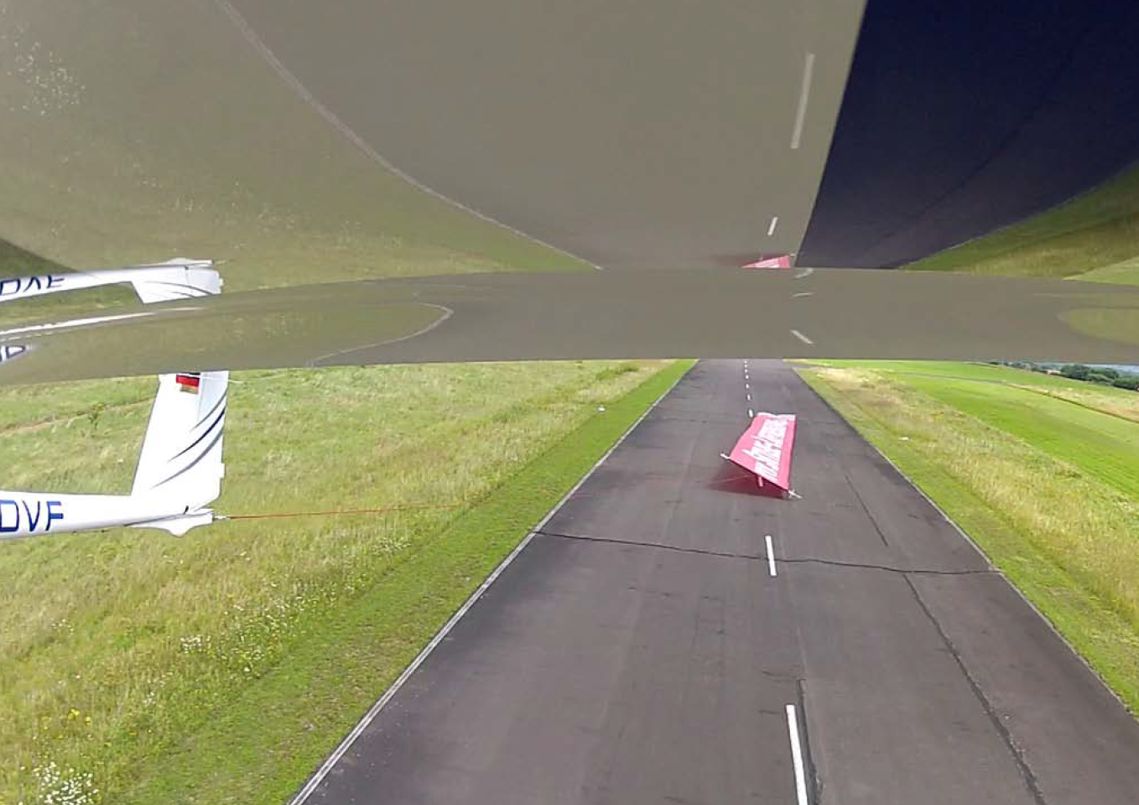
Being familiar with the aircraft manuals makes your flying much safer and more efficient. Pipistrel Technical Publication Portal is your central location to find all manuals and service information in a single spot.
Browse by content, maximum takeoff weight, category, or model name. A search function is also available in the upper right corner of the Technical Publication Portal interface.
To attain the access username and password for the Technical Publications Portal, please contact our customer support at sales@pipistrel-aircraft.com
The Virus SW 121A – Explorer is a new member of the EASA Type-certified SW121 product family.
All the certificates and registrations which apply to Virus SW121 are also valid for the SW121A – Explorer.
See the documents below:
GERMANY
MALDIVES
NETHERLANDS
URUGUAY
SOUTH AFRICA